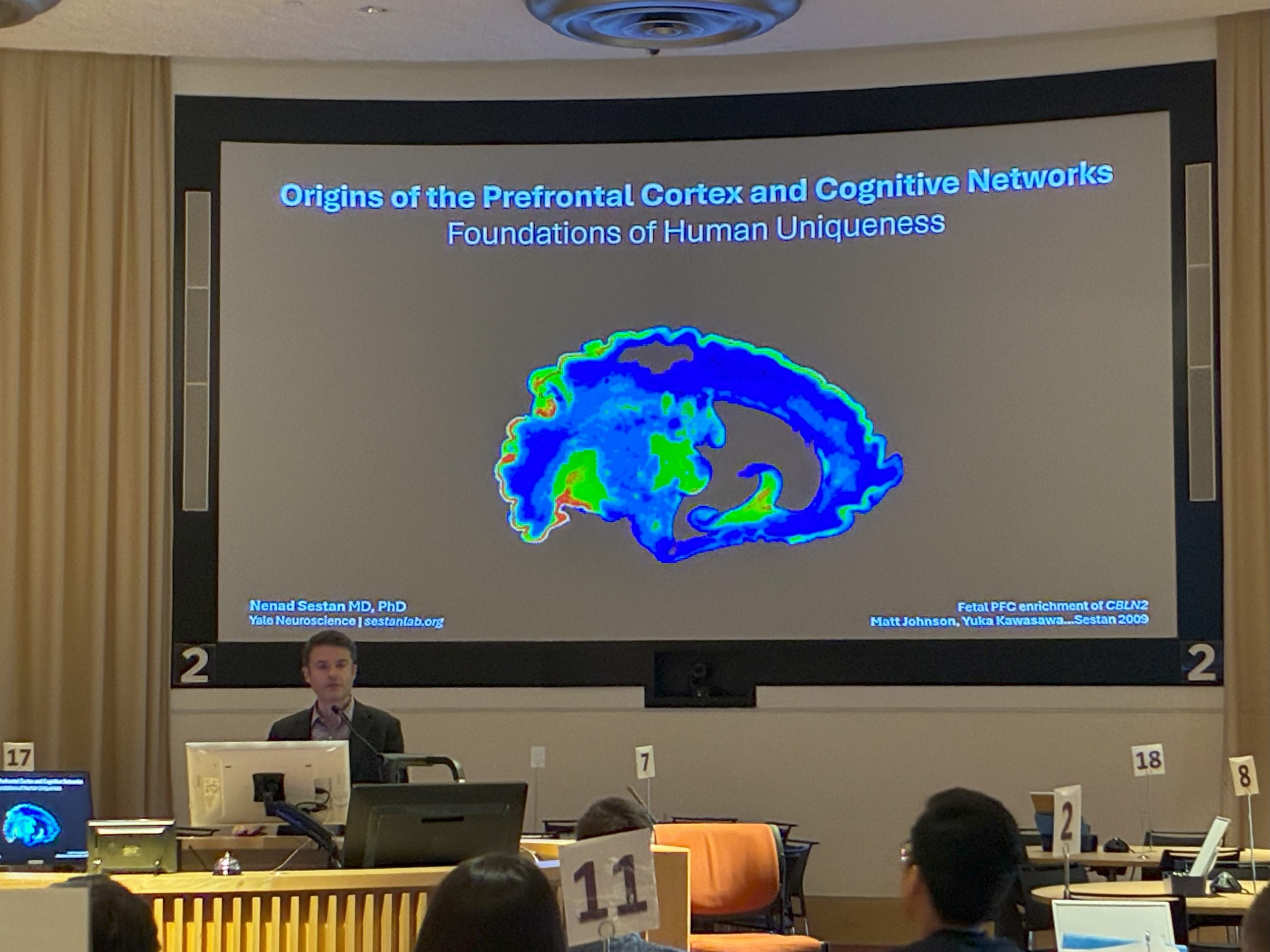UConn is systematically examining all aspects of its academic operations, identifying and updating several procedures and programs to further maximize student success, faculty effectiveness, and fiscal efficiency.
The work has been underway for more than a year, and is especially important to help UConn remain nimble amid its current fiscal constraints and ensure its offerings respond to student interest and workforce trends.
The Provost’s Office has been talking with deans, department heads, and faculty members about how to update curricula; set appropriate class sizes; use classrooms and other space efficiently; revise the academic catalog for additional clarity; support and measure faculty achievement; and other aspects of UConn’s academic enterprise.
“One of the most important things we can do is to be efficient around the allocation of faculty time in terms of teaching,” says Provost Anne D’Alleva, who presented an update earlier this summer to the Board of Trustees’ Academic Affairs Committee on the work.
“We need to ask ourselves: Are we teaching classes at the right size? Are we fully utilizing and being efficient in the use of our classroom spaces? Are we teaching the right number of sections in each class to support student degree progress and completion?” D’Alleva said.
“This is the kind of data that supports not only good budget decision-making, but also student success, faculty excellence, and student degree progress.”
Transparency is crucial, now more than ever
UConn has 14 schools and colleges, and has almost 1,700 full-time faculty members across its Storrs and regional campuses. Its academic enterprise also includes 600 other full-time faculty members at UConn Health, along with adjunct faculty and graduate students teaching courses, labs, and specialized programming across all campuses.
With 129 undergraduate majors and more than 100 graduate and professional fields of study, UConn’s academic enterprise sets the foundation of its reputation for excellence and bolsters Connecticut’s economy by preparing students to join its innovation workforce.
UConn is also a wide-ranging and decentralized operation, and the Provost’s Office is intentionally using a very deliberative process in its operational review that encourages a high level of faculty engagement from across all campuses, D’Alleva says.
UConn has had proactive, ongoing processes in place for many years to review and update its academic enterprise as part of standard operational housekeeping.
However, progress slowed in recent years due to pandemic-era disruptions and leadership changes in the provost’s office before D’Alleva was appointed.
Vice Provost Gladis Kersaint has been leading the design and implementation of these program review initiatives, with collaboration from the other vice provosts and colleagues across the university. The deep dive will allow UConn to catch up, make necessary adjustments, and set the foundation moving forward for ongoing assessments.
UConn President Radenka Maric said at the recent Academic Affairs Committee that the program review is important not only to have a strong handle on all aspects of the academic enterprise, but also to ensure that the public is informed.
“Transparency is very important at any time, but in particular during times of difficult budgets,” Maric said. “This demonstrates how we are tracking, measuring, and making data-informed decisions that are focusing on student success and on our outstanding faculty and the work that they do.”
Focus on four key areas for efficiency
The academic efficiency planning review includes four specific focus areas:
• New program development: Ensuring new programs address contemporary employment needs and student interest, and do not overlap with existing programs.
• Curriculum management: Ensuring timely suspension and closure of programs that lack demand, or where programs can be consolidated.
• Technology to support curriculum management: Using data analytics to make decisions based on student demand, enrollment trends, the job market, peer institutions’ programs, and other quantifiable information. Also, developing internal dashboards to monitor metrics identified in UConn’s Strategic Plan – including ensuring faculty efforts, facilities, and equipment are used in the most efficient manner, and students are making expected progress toward graduation and career goals.
• Policy and practice alignment: Ensuring that academic programs, policies, and initiatives remain consistent with UConn’s institutional mission, strategic goals, and compliance requirements. Also, regularly reviewing policies for alignment with state, federal, and accreditation standards; and engaging campus stakeholders to adapt to emerging priorities and regulatory changes. The intent is to support a unified direction for academic excellence and to reinforce the university’s commitment to transparency, accountability, and student-focused outcomes.
UConn’s curriculum management effort drew attention last year when the Provost’s Office began to identify programs with low enrollment and low completion rates, which some people misunderstood as a pathway toward eliminating those majors and minors.
Those fears proved unfounded as the review identified ways to bolster or consolidate several smaller programs to meet their potential and identified a small number of others for closure, as is common in higher education institutions nationwide.
Sunsetting or consolidating undersubscribed programs provides universities with opportunities to foster innovation and ensure that resources are directed toward areas of greatest impact, UConn officials say. The work helps UConn adapt to changing needs and to make the most effective use of faculty, facilities, and funding.
As of the end of the 2025 spring semester, a small number of programs had closed, suspended, or modified based on low enrollment and completion.
In the few cases where the programs slated for closure had students enrolled, teach-out plans were put in place so they could complete their course of study.
In the case of the suspended programs, the suspensions allow time for the academic units and their faculty to take actions that would support future reinstatement, or to conduct a thoughtful evaluation that may result in permanent closure. That includes assessing the program’s viability, curriculum, resource needs, and alignment with institutional goals and workforce needs.
About 70 other programs are under ongoing monitoring by the deans, department heads, and faculty in their schools and colleges, and their status will be assessed on an ongoing basis.
‘The answers come from our faculty’
Some universities elsewhere in the U.S. have been ordered by their states to end or combine programs that fall under state-set minimum enrollment thresholds. By contrast, UConn established an intentionally collaborative approach driven by the expertise of those most directly involved in the various programs.
“The deans, department heads, and faculty have been great partners in what is sometimes a difficult effort to undertake,” D’Alleva says. “We need to ask the questions; the answers come from our faculty.”
The Provost’s Office is working with the schools and colleges to consider which classes or programs could be offered online to increase and maximize student access, bolster student credentials, and ease bottlenecks that may slow their progress to earning their degrees.
Another priority is to launch micro-credential programs, which offer students a chance to gain credentials in specific areas and increase their attractiveness in the job market.
Online classes and micro-credentials also help expand access to education for people in the workforce who need to improve their skills, but whose schedules may not allow them to pursue a degree as a full-time student. They will also generate revenue through enrollment fees.
“This provides a way to strengthen our academic offerings and, again, to be efficient,” D’Alleva says.



